DROPS Safran
Egyptian combed cotton in every colour!
from:
2.70CAD
per 1.8 oz
Content: 100% Cotton
Yarn Group:
A (23 - 26 stitches)
/ 5 ply / sport
Weight/yardage: 1.8 oz (50 g) = approx 175 yds (160 m)
Recommended needle size: US 2,5 / 3 mm
Gauge: 4" x 4" / 10 x 10 cm = 24 sts x 32 rows
Care: Machine wash on gentle cycle warm 40°C / 104F. Dry Flat
Made in: EU
Raw material origin: Cotton from Egypt
This yarn has an Oeko-Tex® certification (certificate number 09.HBG.68250), Standard 100, Class I from the Hohenstein Institute. This means that is has been tested for harmful substances and is considered safe in human-ecological terms. Class I is the highest level, and it means the yarn is suitable for baby articles (ages 0-3).
DROPS Safran is spun from combed, long, Egyptian cotton fibers that are twisted together in pairs, before being twisted together again. This method results in extra durable garments with great surface properties!
DROPS Safran has been on the market for many years and it's a very popular choice because of its shine, softness and many beautiful colors. The yarn can be used in projects for all ages, specially summer wear, baby clothes and accessories. Have you tried it yet?
Read more about our products' sustainability here
Please be aware that the colours shown may vary from screen to screen in the same way that shades may vary slightly from dye lot to dye lot.
How do I care for this yarn?

Machine wash on gentle cycle warm 40°C / 104F. Dry Flat
Here are some guidelines to wash your cotton garment, but please note that cotton has the tendency to shrink in the wash, so make sure you measure the garment before washing, in order to shape it correctly after the wash:
- Machine wash - separately - using a gentle cycle program at 40ºC and wool detergent without enzymes or optical brighteners.
- NEVER leave the garment to soak/wet in the washing machine for a long period of time.
- To dry the garment, shape it and lay it flat - do not hang - ideally on a warm bathroom floor or on top of a drying rack in a room with good air circulation. Never dry the garment in direct sunlight.
- Don’t tumble dry.
- Unevenness in the garment will even out after washing or steam ironing lightly.
- Never iron the garment directly. Use always a damp cloth between your steaming iron or regular iron and the garment.
Note: If you are washing a project made with this yarn combined with another, the general guideline is to follow the washing instructions for the most delicate of the yarns you are working with.
Do you have a question about this yarn?
See a list of frequently asked questions (FAQ) about our yarns.
1) What type of fibers make the DROPS yarns?
Yarn can be made from a large number of natural and synthetic fibers. DROPS carries mainly yarns made from wool, cotton, alpaca, linen, mohair and silk. Each fiber type has its own qualities, and they are often mixed to take advantage of the best properties of each one. Coarse yarn has the advantage of being stronger and more durable, and finer fibers offers more softness and comfort. Here a bit about the main fibers we carry:
Alpaca:
Alpaca fleece is the natural fiber harvested from an alpaca, and it is similar in structure to sheep wool fiber. Its softness comes from the small diameter of the fiber, similar to merino wool. It is a soft, durable, luxurious and silky natural fiber. Yarn made from alpaca fibers does not felt or pill easily, and it can be light or heavy in weight, depending on how it is spun. While similar to sheep’s wool, it is warmer, not prickly, and has no lanolin, which makes it hypoallergenic. Alpacas come in 22 natural colors, with more than 300 shades from a true-blue black through browns-black, browns, white, silver and rose-greys.
Mohair:
This fiber comes from the Angora goats, and its considered a luxury fiber. Mohair yarn is warm as wool, but much lighter in weight; it is durable, dyes well and does not felt easily. Mohair fibers have also a distinctive luster created by the way they reflect light. Despite being a hard fiber, mohair is usually spun into a very fluffy yarn, resulting in airy and lustrous garments.
Wool:
The wool fibers comes from the skin of sheep and are relatively coarse fibers. Two striking characteristics of wool are its susceptibility to heat and its felting property, which is caused by the scales on the surface. Depending upon the breed of sheep, the appearance of the wool varies.
Wool from Merino sheep is considered the finest type of wool, having as characteristics that is finely crimped and soft. All the Merino wool in the DROPS yarns has its origins in South America, coming from sheep that have not been subject to Mulesing.
Pure new wool is wool made directly from animal fleece, and not recycled from existing wool garments.
Machine washable wool is wool treated chemically to minimize the outer fuzzy layer of the fibers, and be therefore fitable for machine wash (see Superwash).
Silk:
The silk fiber is a fine continuous fiber produced from the cocoon of a moth caterpillar known as the silkworm. While silkworm is cultivated, the wild or tussah silk is obtained from uncultivated silkworm cocoons. Silk fiber is one of the strongest natural fibers and makes a wonderful knitting yarn. It blends really well with other fibers, especially wool. Silk also dyes beautifully with natural dyes.
Vegetable fibers:
There are several varieties of vegetable fibers, found in the cell walls of plants or vegetables. Of all the varieties, two are recognized as major knitted or textile fibers. They are cotton and linen.
Cotton is the fiber surrounding the seeds in a cotton pod, and it is almost pure cellulose. Cotton is usually white in color but there are green and brown varieties as well. The cotton fiber is most often spun into yarn or thread and used to make a soft, breathable textile that is good for summer clothing and accessories, making a weaker yarn than silk or linen but stronger than wool.
Mercerized cotton is cotton that has been through a mercerization treatment. This treatment gives cotton fabrics and threads a lustrous yarn that is more lustrous than conventional cotton. It is also stronger, takes dye a little more readily, makes the yarn more resistant to mildew and reduces lint. It also may not shrink or lose its shape as much as "regular" cotton.
Linen is a fiber derived from the stalk of the flax plant that is durable and stronger than any other fiber. The linen fiber is relatively soft, straight and lustrous and becomes more beautiful with age. Linen is more comfortable to wear in hot temperatures than cotton, due to the fact that it absorbs moisture better and dries more quickly.
Other materials used in our yarns include synthetic fibers such as acrylic, viscose, polyamide (nylon) and polyester.
3) What type of information can I find on the DROPS yarn labels?
All DROPS yarn labels include information about fiber content (wool, cotton, etc.), weight in grams and ounces, length in meters and yards, washing instructions and symbols (explained here), color number, dye lot number and yarn group information.
4) What are the DROPS yarn groups?
All DROPS yarns are classified into 6 different thickness groups (A to F). Yarns in a same group have similar knitting tension/gauge, and can therefore be interchanged in patterns; however the length may be different, so when substituting always calculate the amount of meters/yards needed for the pattern to know the amount of yarn you need to get.
5) Can I use a different yarn than the one mentioned in the pattern?
Yes, as long as the yarn can be worked in the same knitting tension/gauge. Always swatch to make sure you get the same number of stitches in width and rows in height as given in the pattern.
Remember that different yarns with different textures, will give the garment different looks. The yardage/length may also be different, so when substituting always calculate the number of yards needed, in order to know the amount of yarn you need.
Read more about how to calculate the amount of an alternative yarn - and how to replace 1 thread of a yarn with 2 or more of another, here.
6) What does it mean when a yarn is “Superwash”?
A superwash wool is a special wool product that has been treated or processed in a way that allows it to be machine washable. Many people are afraid to work with wool because it is so easy to shrink (though some shrink wool on purpose) and superwash wool can allow them to work with great fibers without worry. (Read more here).
7) What does “Oeko-Tex® certified” means?
The Oeko-Tex® Standard 100 was introduced at the beginning of the 1990s as a response to the needs of the general public for textiles which posed no risk to health. The Oeko-Tex® Standard 100 is a globally uniform testing and certification system for textile raw materials, intermediate and end products at all stages of production. The test for harmful substances comprise substances which are prohibited or regulated by law, chemicals which are known to be harmful to health, and parameters which are included as a precautionary measure to safeguard health.
For more info go to www.oeko-tex.com
10) How accurate are the colours on the shade cards online?
When obtaining images for the shade card, we do our best to achieve the highest level of color accuracy. Unfortunately, we cannot guarantee how images will appear on your computer screen. Every monitor displays color differently, some colors might look darker than they really are, and some colors might be more saturated on some screens. If you experience that many of the yarn colors looks different on your screen than the actual color of the skeins, you can adjust the setting on your monitor.
11) What is a micron? What does super fine / extra fine mean?
The fineness of yarn fibers is measured in microns (thousands of millimeters). Super fine alpaca wool is 26-28 microns. Fine merino wool is less than 21.5 microns and extra fine merino is under 19.5 microns. The less microns the softer and more delicate a quality can be, the more microns the more hard wear the quality will be.
12) Why are the colors in my skeins of print yarn different?
The reason why two skeins of a same print yarn look different can be 1) that both skeins are part of different dye lots; 2) that the skeins have been dyed using a technique called "magic print" (the one used for example in DROPS Delight), which provides unique patterns and smooth color transitions to each skein, meaning also that within one dye lot, lighter or darker varieties might appear. This is no fault or defect, but part of the yarn's character.
13) My store doesn’t have the color I want, what can I do?
If your DROPS store doesn’t have the yarn color you want, try contacting a DROPS Super Store (the ones with the golden badges) - they will make sure to get a hold of the color even if they don’t have it in stock themselves. See a list of all DROPS stores here.
14) Where can I find a specific dye lot of a color?
Always try contacting your DROPS store first. If they do not have the dye lot you want we recommend you to ask other knitters and crocheters in the DROPS Workshop in Facebook or Ravelry, which may have the dye lot in their stash and might be willing to part from it.
Yarn sheds because there's not enough twist to hold all of the fibers together. All yarns have excess fibers (from production) that might come off as lint or shedding, in varied degrees that depend on how the yarn is spun. Brushed yarns ("hairier" yarns) like DROPS Melody, have more of these loose fibers than other yarns, and therefore shed more. Shedding also depends on what is worn under or over the garment, and whether this pulls at the yarn fibers. It’s therefore not possible to guarantee that there will be no shedding.
Below are some tips on how to get the best result when working with hairier yarns:
- When the garment is finished (before you wash it) shake it vigorously so the looser hairs come off. NOTE: do NOT use a lint roller, brush or any method that pulls at the yarn.
- Place the garment in a plastic bag and put it in your freezer - the temperature will cause the fibers to become less attached to each other, and excess fibers will come off easier. Leave in the freezer for a few hours before taking it out and shaking it again.
- Wash the garment according to the instructions on the yarn label. Garments worked with hairier yarns usually need to be shaken once dry after washing, so that the hairs rise and any excess fibers can come off.
Pilling is a natural process that happens to even the most exclusive of fibers. It's a natural sign of wear and tear that is hard to avoid, and that is most visible in high friction areas of your garment like a sweater's arms and cuffs.
You can make your garment look as new by removing the pilling, using a fabric comb or a pill/lint remover.
How can I replace this yarn?
If you are looking to replace this yarn with another DROPS yarn, you can use another yarn within the same yarn group, or try our yarn converter!
Other yarns in Yarn Group A
Read more about replacing yarn.Have a problem with the DROPS yarn you purchased?
When you purchase yarn from the shade cards or patterns on our site, you are not buying directly from DROPS but from one of the hundreds of DROPS stores around the world. It is therefore important that you take contact with the DROPS store where you bought the yarn, and that you save the labels of all the skeins you purchased (they are your warranty).
The DROPS store you contact will assist you and escalate the claim if necessary. Find a list of DROPS stores here.
Comments / Questions (279)
![]() Emeline wrote:
Emeline wrote:
Bonjour, j'aimerais savoir si le coloris mauve clair(uni colour 53) est épuisé définitivement ou s'il sera disponible a nouveau dans quelques temps? Merci d'avance.
24.04.2018 - 11:25DROPS Design answered:
Bonjour Emeline, ce coloris est arrêté, n'hésitez pas à contacter votre magasin DROPS pour toute aide au choix d'une couleur, ils pourront vous aider, même par mail, téléphone ou via les réseaux sociaux. Bon tricot!
25.04.2018 kl. 09:20Masha wrote:
Hello. I'd like to know if you deliver to Latvia (EU).
10.04.2018 - 13:17DROPS Design answered:
Dear Masha, you will find here the list of DROPS Stores shipping worldwide. Please contact them to get more informations. Happy knitting!
11.04.2018 kl. 10:25
![]() LK wrote:
LK wrote:
Hej! Jag tänkte virka en filt åt en kommande bebis för första gången, och har tagit del av ett mönster från er. Där rekommenderas Drops Babyalpaca silk som garn, men jag undrar om det går att byta ut mot Drops Safran. Jag vill helst använda ett material som inte har ett animaliskt ursprung, men vill ju att filten ska vara mysig. Så, min fråga är, blir Wrap with love-filten troligtvis gosig för en bebis om jag virkar den med Safran istället? :)
20.03.2018 - 19:21DROPS Design answered:
Hej, Ja DROPS Safran är en jätte fin bomull, så det går lika bra att sticka filten i den. Självklart känns filten annorlunda i bomull, men vi har gjort flera filtar i Safran och det är inga problem :)
03.04.2018 kl. 15:02
![]() Sissy wrote:
Sissy wrote:
I have the pattern for Drops So Charming Christening dress. It says to use the SAFRAN yarn which is 100% cotton. I've seen comments about the Peaches and Cream 100% cotton yarn being to rough for babies. Is this yarn soft enough for a baby? If so, how is it different from other 100% cotton yarns?
15.03.2018 - 23:39DROPS Design answered:
Dear Sissy, we can only recommand you to use our yarn, you are welcome to contact your DROPS store for any further individual help. Happy knitting!
16.03.2018 kl. 09:42
![]() Dottie wrote:
Dottie wrote:
Is it possible to get a colorway chart or small (3 inch) sample of your yarns mailed? What a color looks like on a computer screen doesn't always reflect the true color. I would be willing to pay for the chart I just cannot find it on your site.
21.02.2018 - 15:07DROPS Design answered:
Dear Dottie, you are welcome to contact your DROPS Store, even per mail, telephone or on social media for any assistance with colours. Happy knitting!
22.02.2018 kl. 09:24
![]() Katerina wrote:
Katerina wrote:
Hi Does this cotton combine with a kid silk yarn ? I would like to knit a scarf with stripes of different kind of yarns. Which cotton yarn is suitable for something like that? Kind regards Katerina
23.01.2018 - 17:06DROPS Design answered:
Dear Katerina, we have some patterns worked with Safran together with Kid-Silk, Alpaca or Vivaldi (= Brushed Alpaca Silk would be the best alternative to Vivaldi). Remember your DROPS Store will help you choosing the best combination matching your wishes, do not hesitate to contact them either per mail, telephone or on social medias. Happy knitting!
24.01.2018 kl. 09:56Utväxt wrote:
Med Vivieres vegetabiliska bomullsfibrer kan du enkelt få tjockare hår eller dölja din utväxt på nolltid. En burk av Viviere Hårfibrer räcker för att göra ditt hår.
10.01.2018 - 05:56
![]() Bax Ginette wrote:
Bax Ginette wrote:
Le modèle choisi se travaille en coton,,, je voudrais le tricoter avec de la laine.. quelle qualité de laine me conseillez vous d'acheter MERCI
04.01.2018 - 23:03
![]() Teresa wrote:
Teresa wrote:
Hola que me recomiendan para hacer un bikini quiero un hilo que tenga algo de elastico
13.12.2017 - 00:34
![]() Angela wrote:
Angela wrote:
Hallo! Ich würde gern wissen ob die Wolle speichelecht ist, da ich damit Babyrasseln und Greiflinge (auch kommerziell) häkeln möchte. Vielen Dank im voraus!
08.10.2017 - 12:14DROPS Design answered:
Liebe Angela, für weitere Auskünfte über unsere Garne und persönnlicher Hilfe nehmen Sie bitte Kontakt mit Ihrem DROPS Laden auf. Viel Spaß beim häkeln!
09.10.2017 kl. 10:06Luisa Ríos wrote:
Hola! Me gustaría saber si la lana la envían a cualquier lugar, estoy en Colombia. Gracias :)
28.09.2017 - 05:45
![]() Silvia wrote:
Silvia wrote:
Buenas tardes, me gustaría pedir por favor que se cambie la carta de colores de hilos Safran. No puede ser que me compre online el número 23 que es café oscuro y reciba un violeta. Me parece una falta de respeto hacia los compradores que vendais algo que no es cierto, y encima me he gastado el dinero en algo que ya no me vale (cosa que no me sobra después de ahorrar para ello). Espero que deis solución a esto porque os estais cargando la fama de vuestra marca.
22.09.2017 - 16:20DROPS Design answered:
Hola Silvia. ¿Has contactado con la tienda donde lo has comprado?. El 23 es el color cafe y hasta ahora no ha habido ningún problema. No puedo descartar que haya sido un error en el etiquetado. Ponte en contacto con la tienda online en la que lo adquiriste y comentales que el color no se corresponde con el número.
25.09.2017 kl. 09:06Sue Bowskill wrote:
I absolutely love using Safran for toys and I know it's certified to oeko -Tex standards, I'm trying to understand his different test is to Enf71.... I don't want to give up using this fantastic product for my toys so is there any help you can offer or data sheets.
20.07.2017 - 07:02DROPS Design answered:
Dear Mrs Bowskill, you will have more informations about the certificate on Oeko-Tex with certificate number. Happy knitting!
20.07.2017 kl. 10:09Linda Kuitunen wrote:
Köpte två nystan Safran i två olika färger, nr 31 och nr 02. och där 02 garnet är tjockare än det andra. Skillnaden är mycket märkbar och har nu två olika storlekar av tallriksunderlägg. Varför är det så?
18.07.2017 - 09:51DROPS Design answered:
Hej Linda, det låter som att det ena nystanet kan vara tvinnad ett extra varv så det har blivit lite tunnare.
18.08.2017 kl. 09:48
![]() Renate wrote:
Renate wrote:
Hallo, können Sie mir bitte sagen, welcher Blauton auf dem 1. Foto in der Mitte bei der Qualität SAFRAN zu sehen ist? Vielen Dank!!
22.05.2017 - 07:08DROPS Design answered:
Liebe Renate, es ist die Farbe 30. Viel Spaß beim stricken!
22.05.2017 kl. 11:00
![]() Catriona Hegarty wrote:
Catriona Hegarty wrote:
Hello could you tell me if you use the same dyes in your Paris range as this range of cotton? Many thanks, Catriona
04.05.2017 - 18:53DROPS Design answered:
Dear Mrs Hegarty, yes we are using same dyes for Paris and Safran. Happy knitting!
08.05.2017 kl. 11:16
![]() Marion wrote:
Marion wrote:
Hallo, ik wil een model van Drops breien, waar cotton viscose en safran samen wordt genomen. Het gaat hier om de kleur 26 van safran en de kleur 12 van cotton viscose. De kleur 26 van safran bestaat niet meer. Kunt U mij zeggen, welke kleur er mee overeen komt en bij de kleur 12 van cotton viscose past? Dankje wel
13.04.2017 - 12:06DROPS Design answered:
Hallo Marion, Helaas is er niet een kleur van safran die goed overeen komt. Het beste zou je even bij een drops verkooppunt kunnen kijken voor een goed alternatief.
16.04.2017 kl. 20:38
![]() Sere wrote:
Sere wrote:
Salve! sto cercando un filato di cotone per amigurumi da poter lavorare con l'uncinetto 2.5....l'unico che si ci avvicina è il drops safran ma l'uncinetto consigliato è il 3.....è possibile lavorarlo lo stesso con il numero 2.5? grazie
07.04.2017 - 14:34DROPS Design answered:
Buongiorno Sere. Sì può usare il filato Safran con l'uncinetto n. 2,5. Se non riesce con il 2,5, può usare l'uncinetto n. 3 come indicato, stringendo un po' di più il lavoro. Buon lavoro!
08.04.2017 kl. 08:03Elaine Lewis wrote:
I love this yarn. I make lots of toys with it. I just wish there was a rich deep purple. Dark heather is quite a red/purple and light purple is too light to blend with the other brights.
30.03.2017 - 16:34
![]() Amanda wrote:
Amanda wrote:
Hola, qué lana me recomendáis para una manta clásica de la abuela. Es adecuado el Safran?
22.02.2017 - 12:30DROPS Design answered:
Hola Amanda. Para que la manta tenga una mejor caída recomendamos usar calidades como Deligth o Alpaca. El Safran, por ser algodón 100% no da este resultado.
27.02.2017 kl. 21:18
![]() Gitte Larsen wrote:
Gitte Larsen wrote:
Hej Må man ønske at Safran kunne komme i en lys ferskenfarvet udgave, til dejlige sommerlige opgaver....
07.02.2017 - 09:59
![]() Jo Oakley wrote:
Jo Oakley wrote:
Hi Could you tell me if this yarn complies with Fire Safety standard EN71-2? Does the Oeko-Tex certification cover Fire Safety? I use this yarn to make dolls with and therefore need to know to complete my CE documents. Thank you in advance and I really appreciate your help with this matter. Kind regards Jo Oakley
06.11.2016 - 18:47DROPS Design answered:
Dear Mrs Oakley, you will find more informations about the yarn on Oeko-Tex.com - read more here, adding certificate no. Happy knitting!
07.11.2016 kl. 13:48
![]() Angelina wrote:
Angelina wrote:
Qué vale el envío a Mallorca?
02.10.2016 - 21:51DROPS Design answered:
Hola Angelina. Aquí puedes consultar las tiendas de Drops en España y los condiciones del envío: https://www.garnstudio.com/findastore.php?id=23&cid=23
09.10.2016 kl. 11:32
![]() Raquel wrote:
Raquel wrote:
Q tipo de lana me recomienda xa hacer amigjrumis,gracias
11.09.2016 - 02:04DROPS Design answered:
Hola Raquel. Dan buen resultado para hacer amigurumis: de los algodones: Safran, Muskat, DropsYou 6 y 7, y de las lanas :Alaska y Karisma.
17.09.2016 kl. 20:04






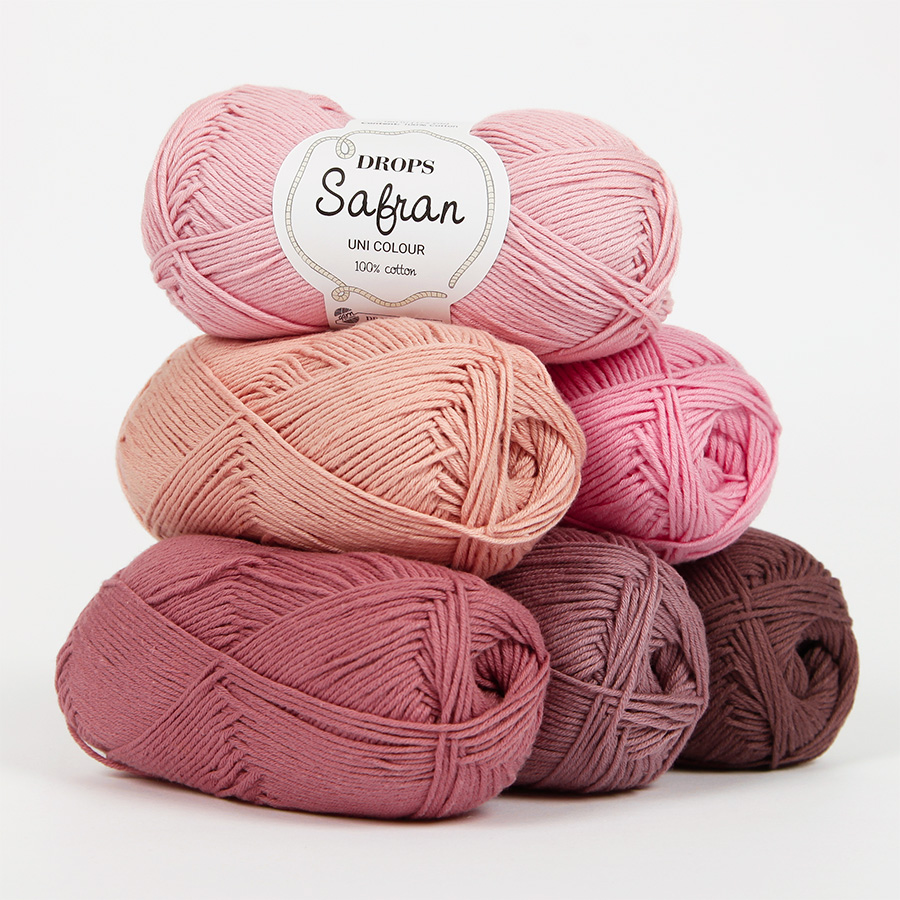
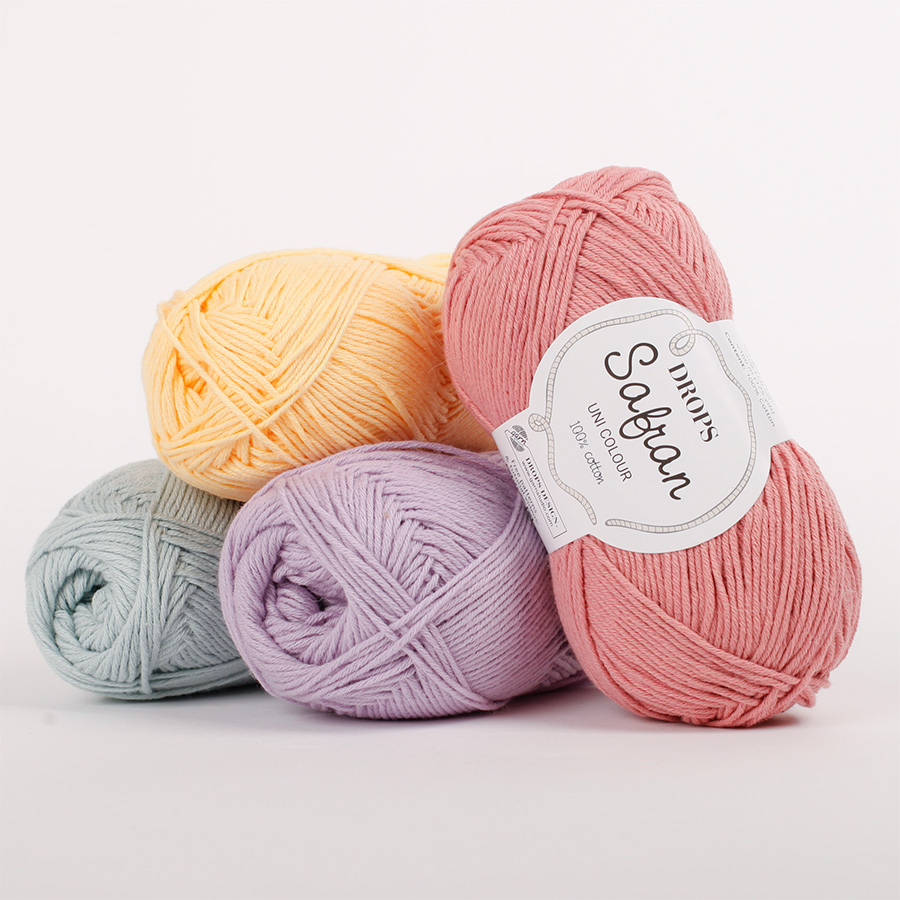
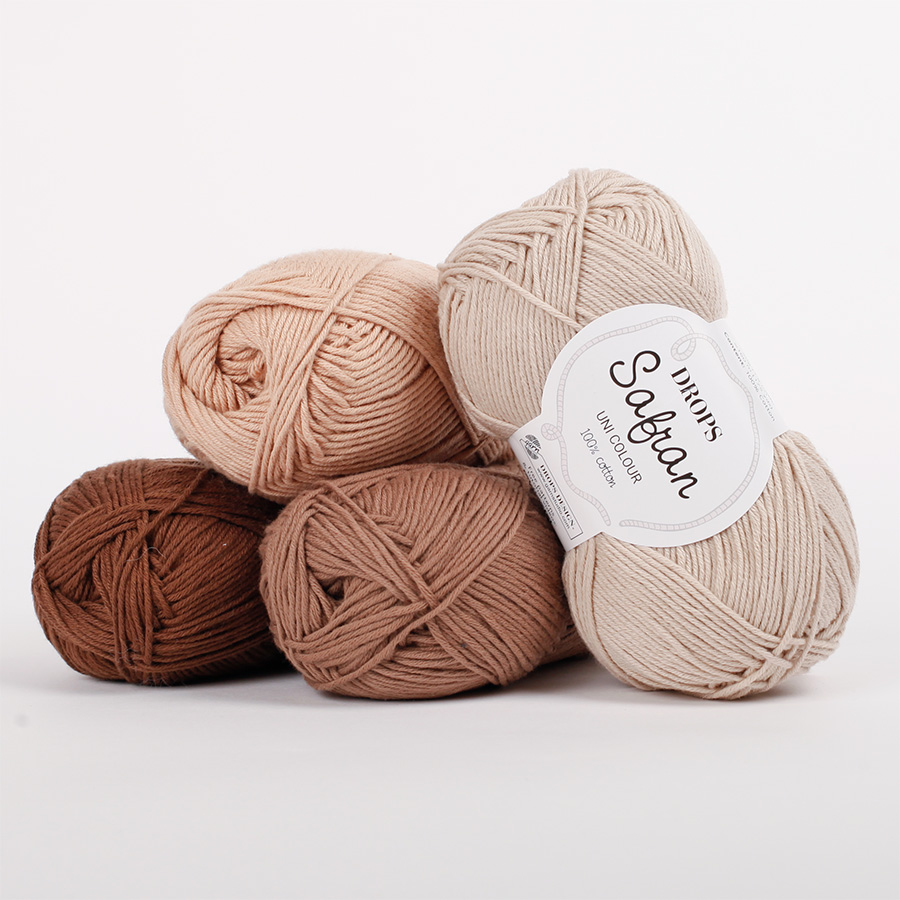
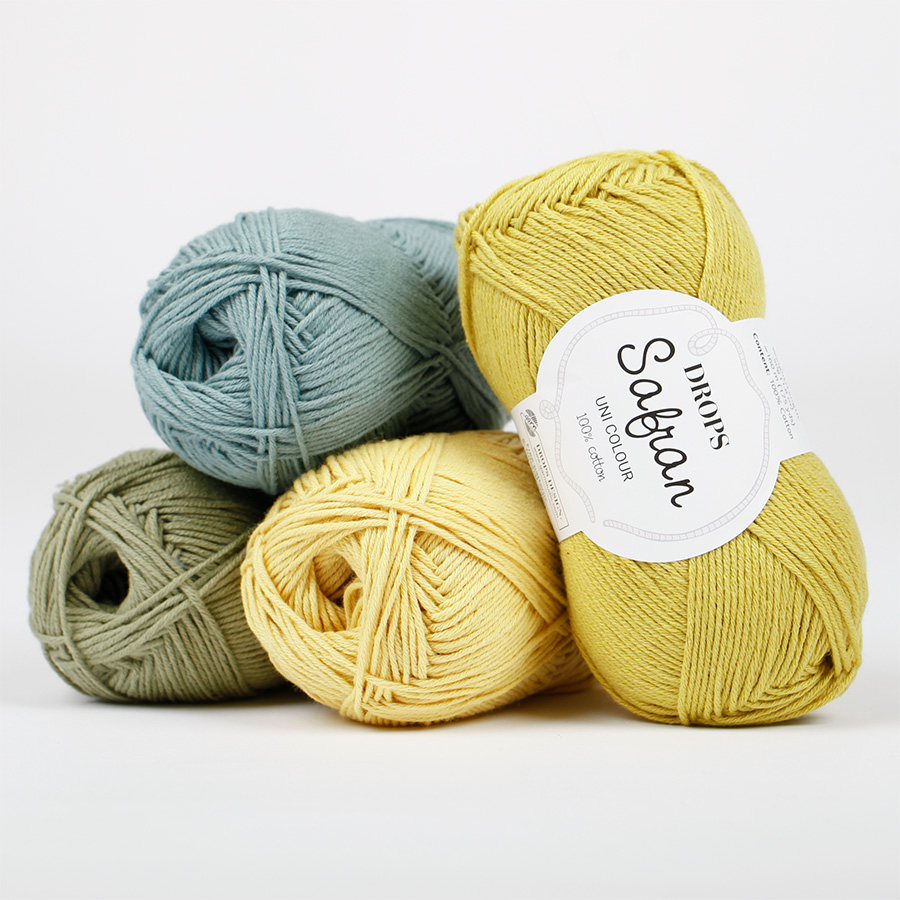
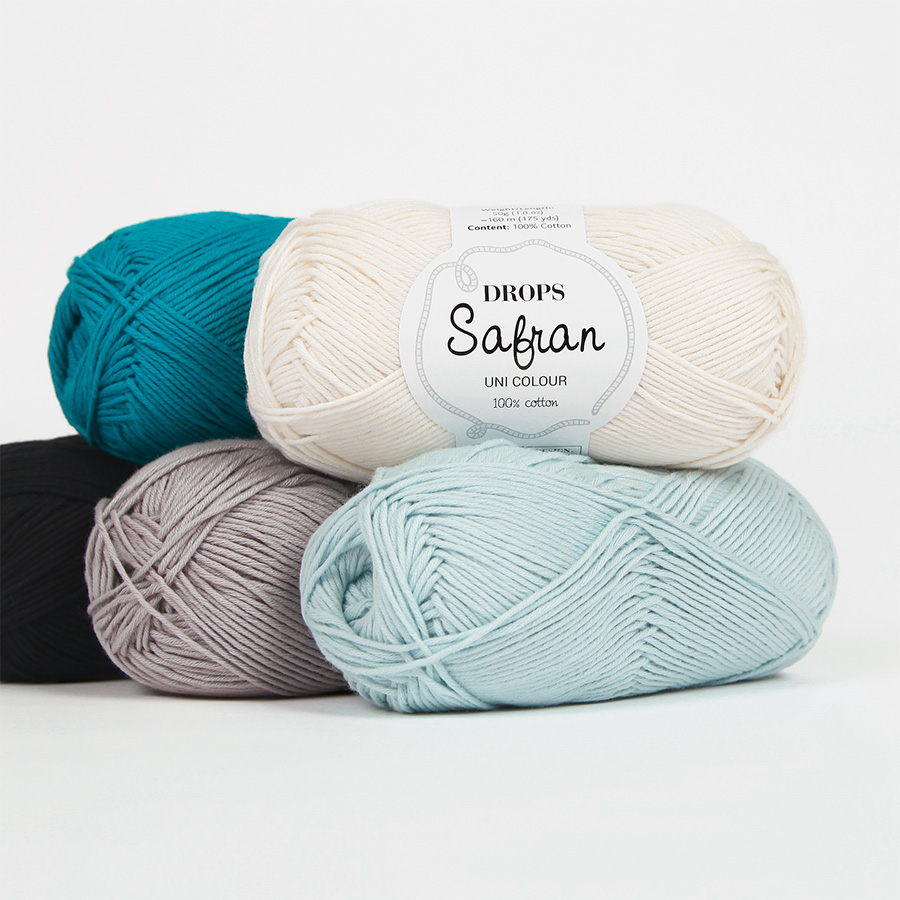










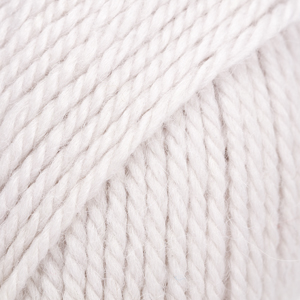










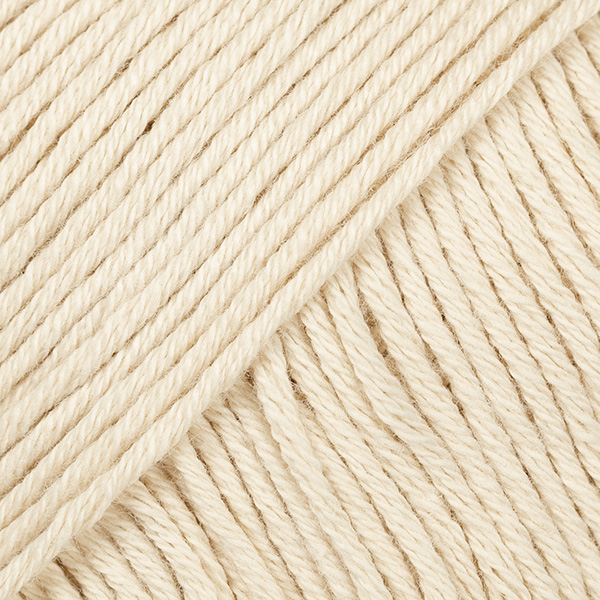


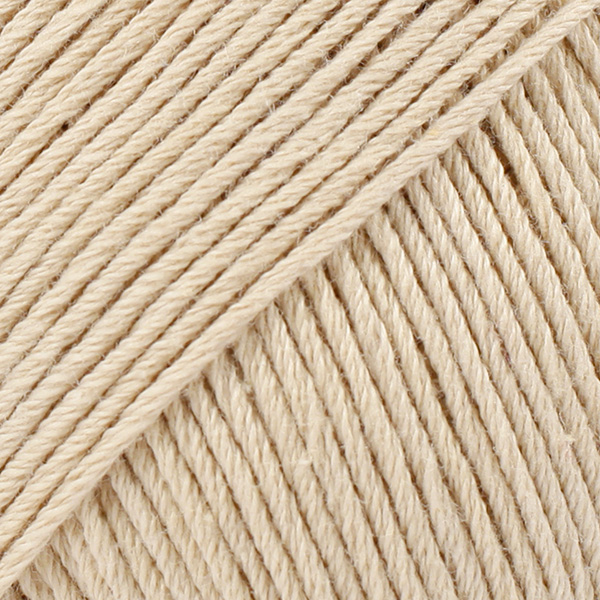
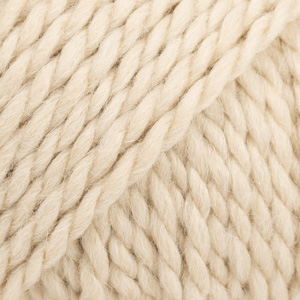













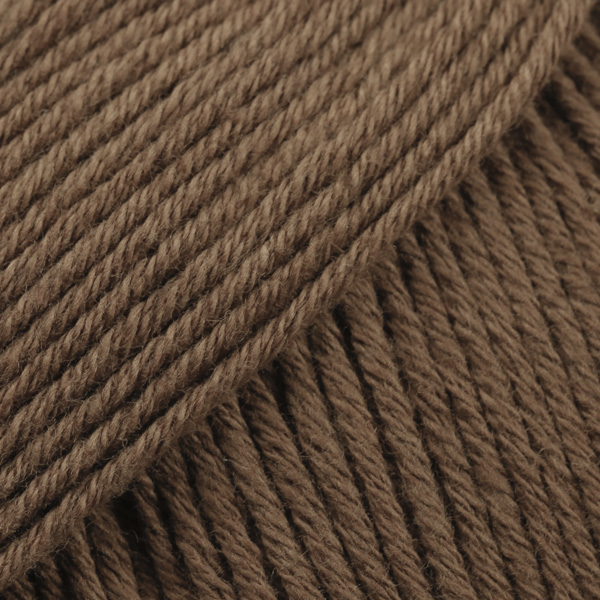




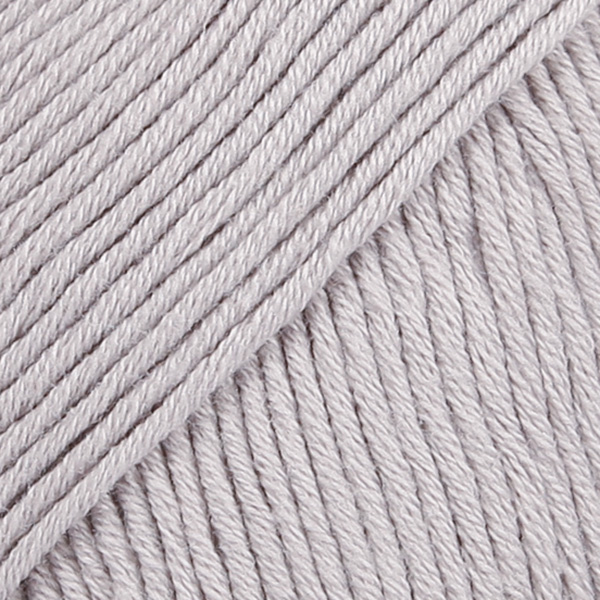







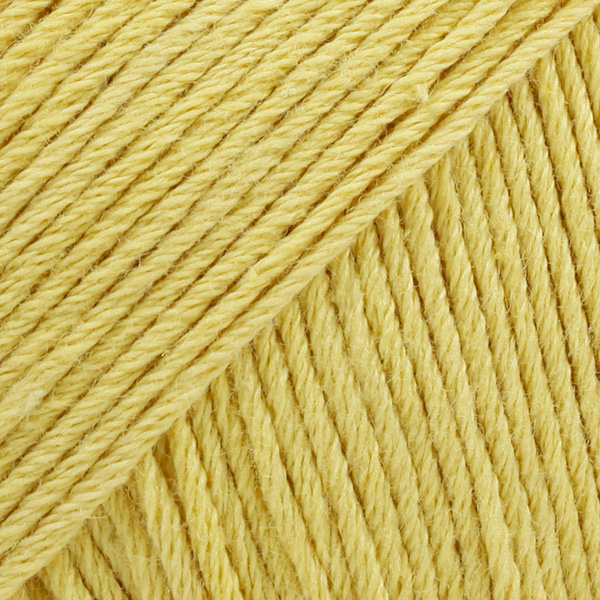

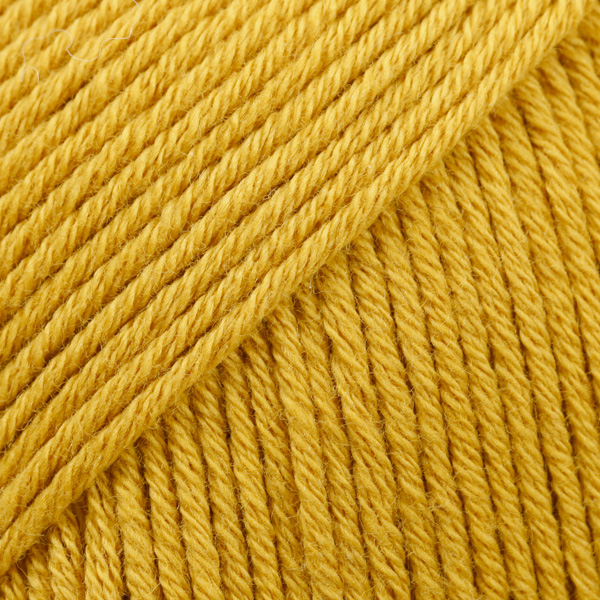



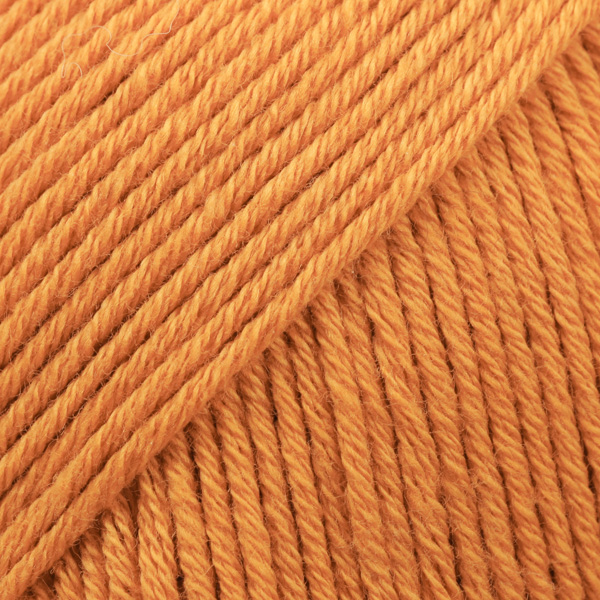







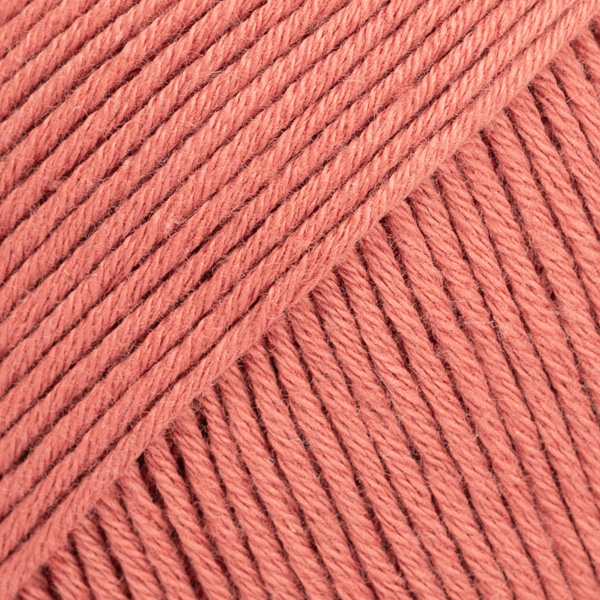
























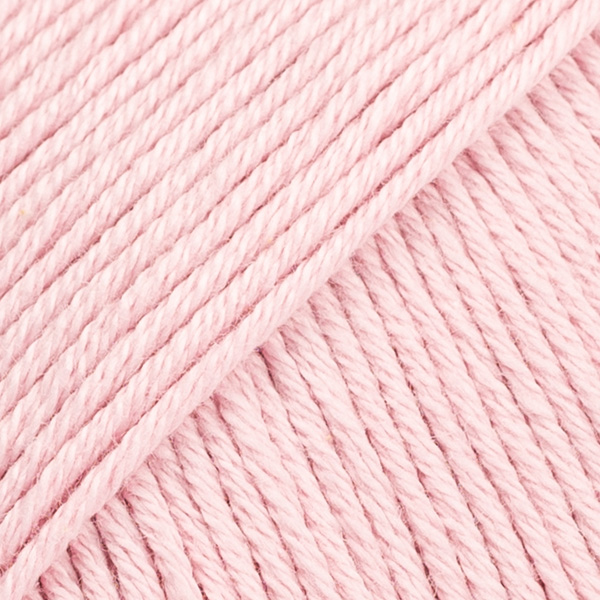

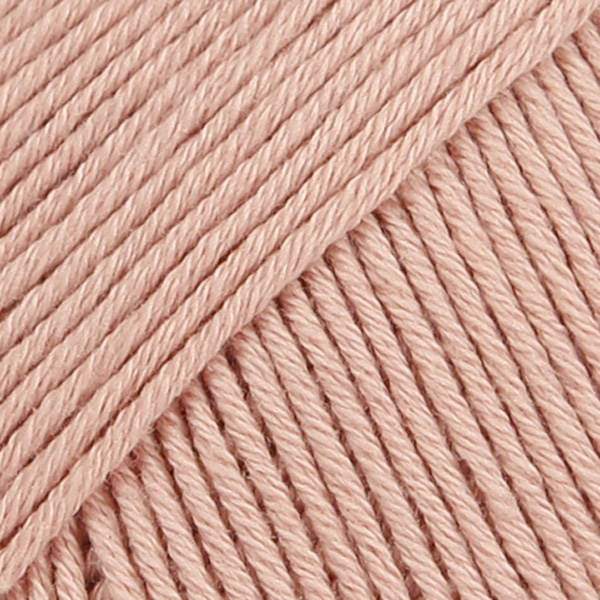



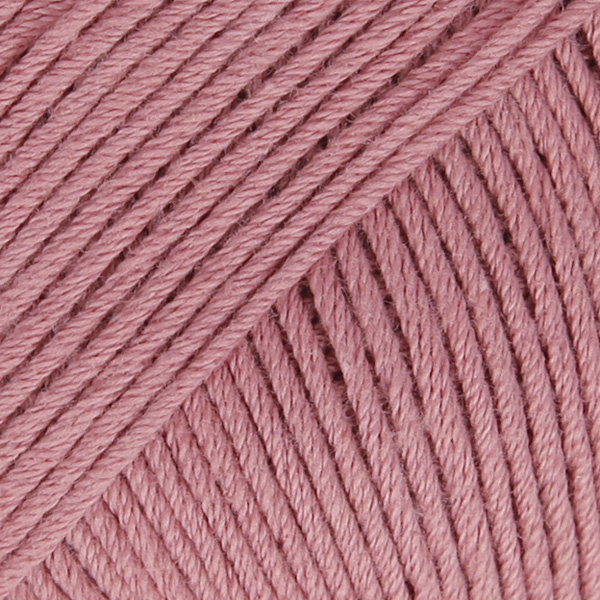
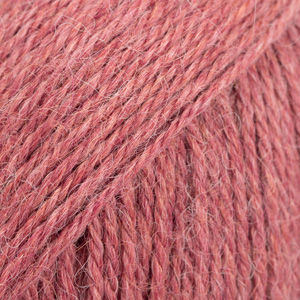



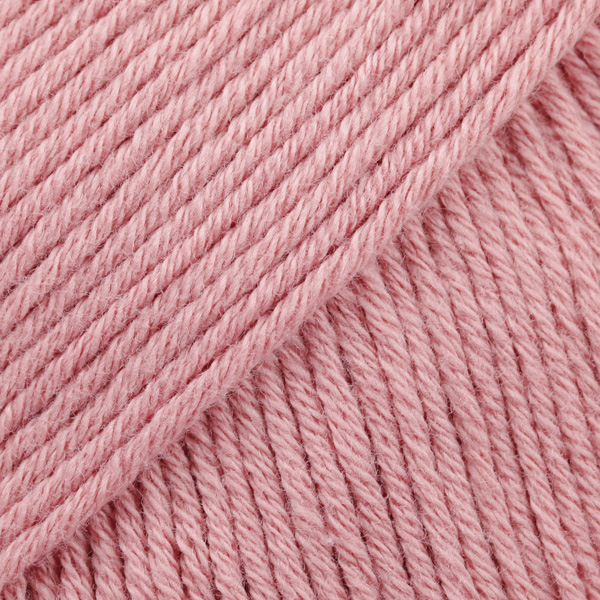


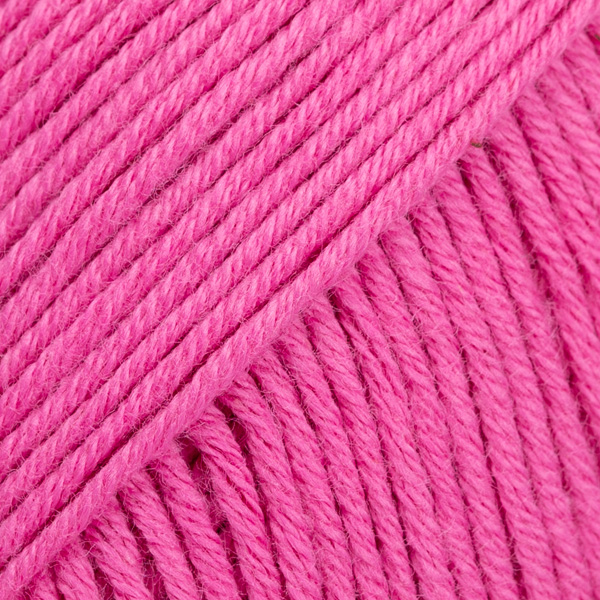






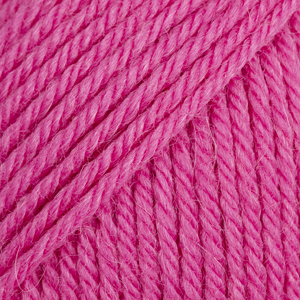






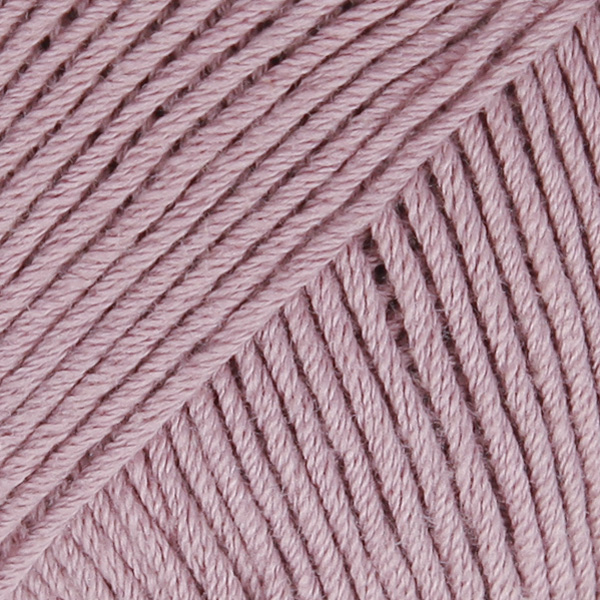


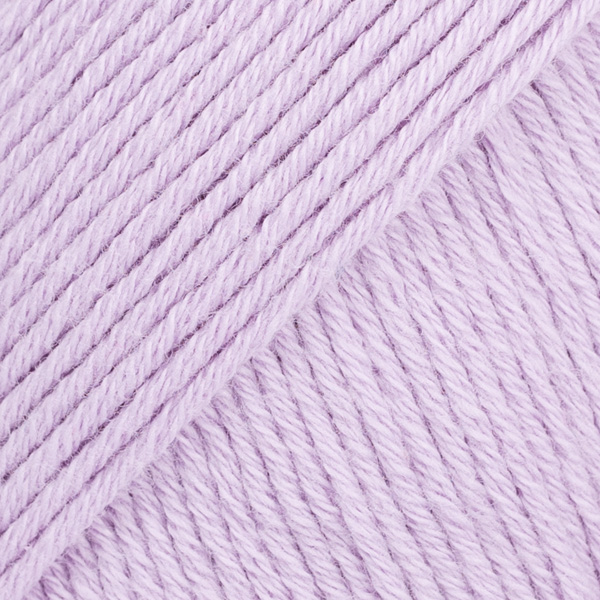








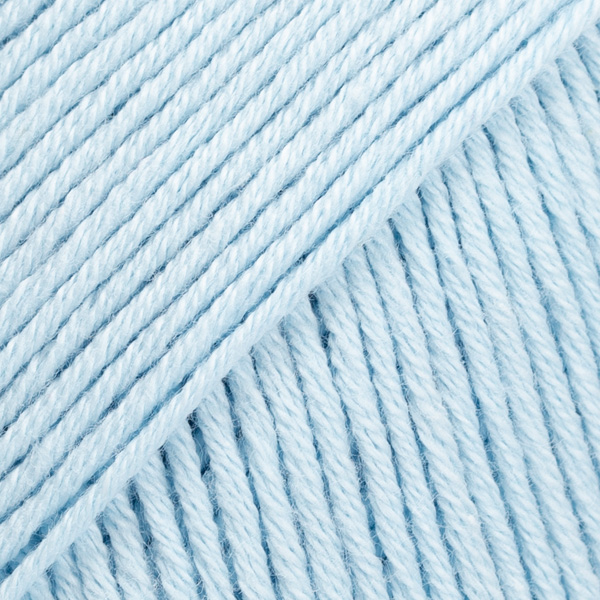




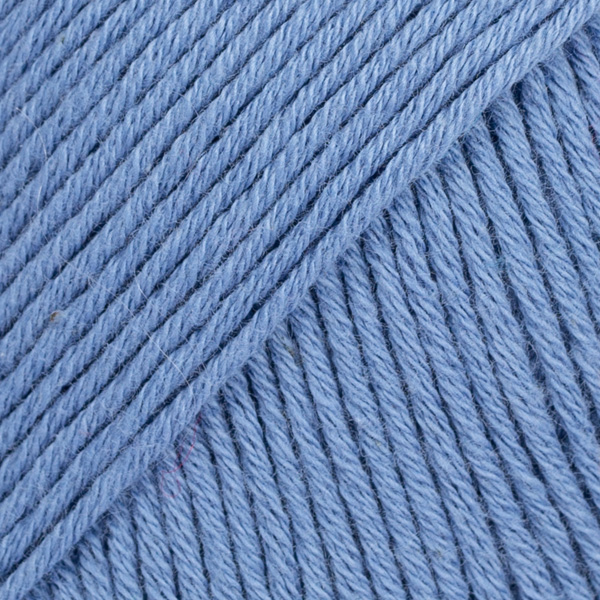

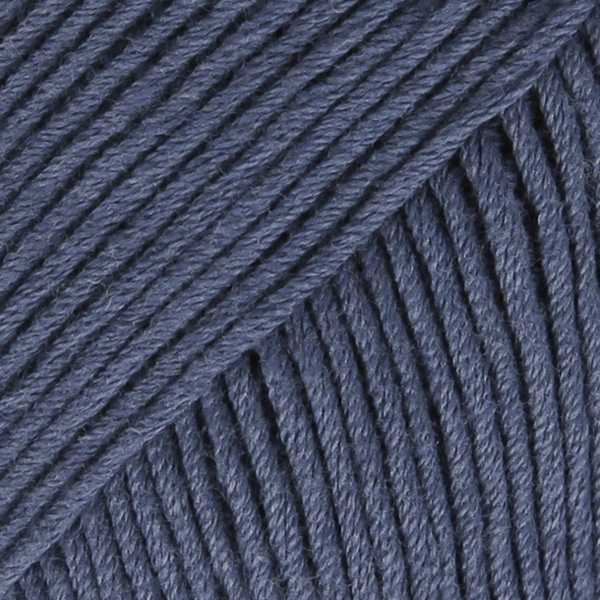












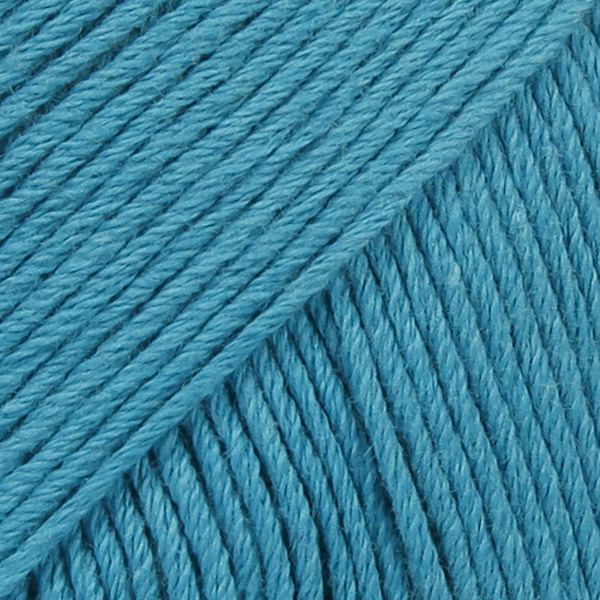







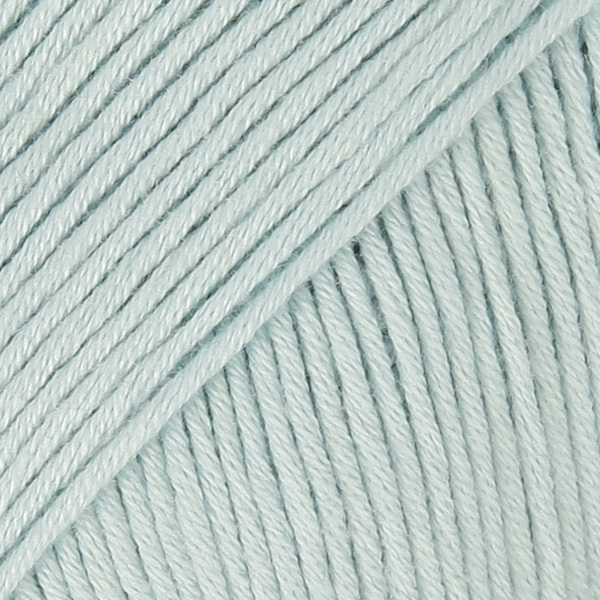

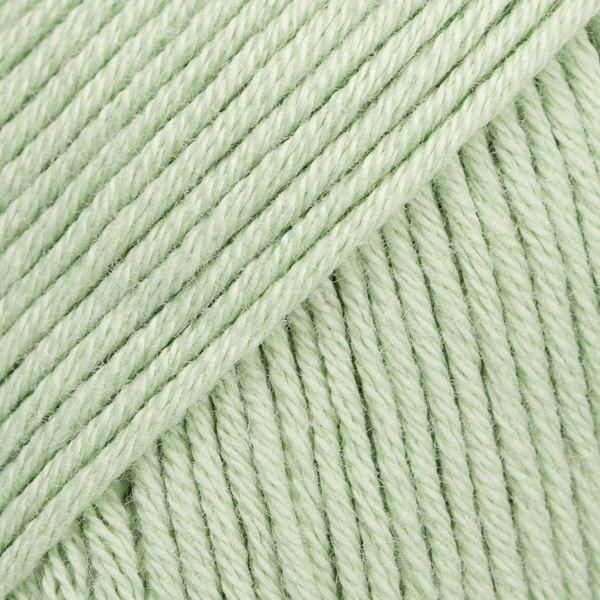




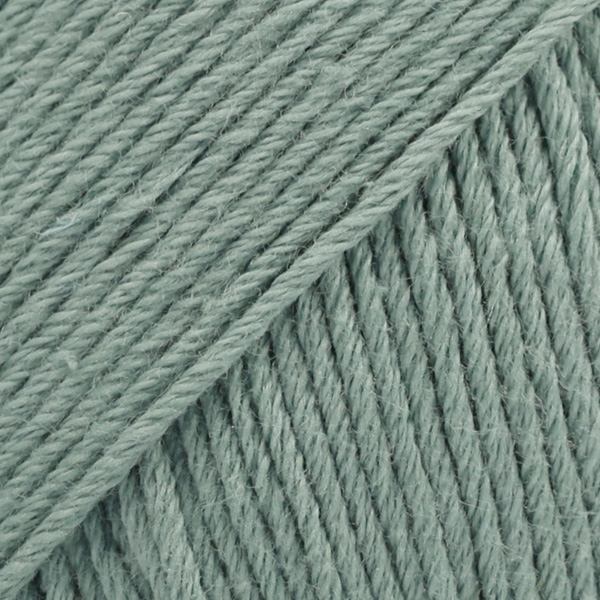



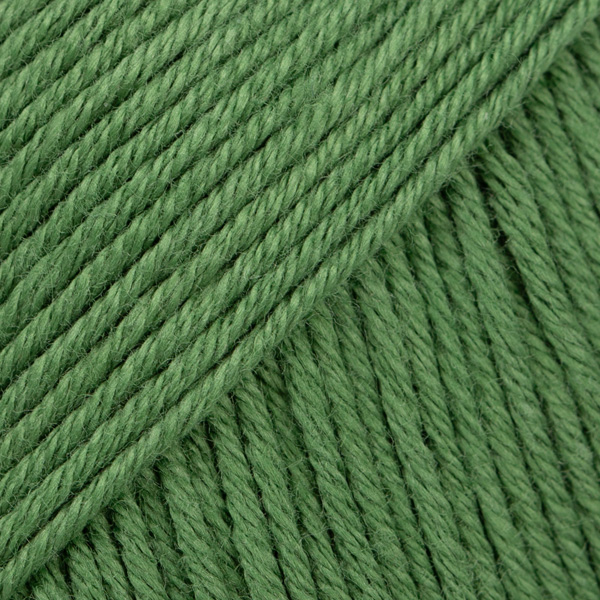




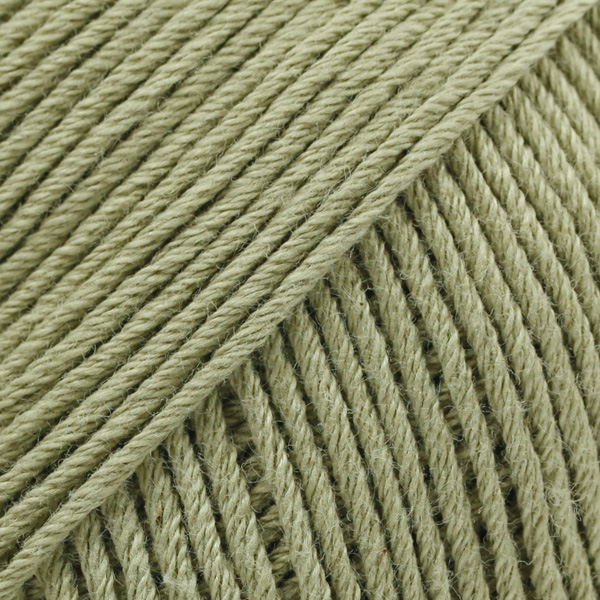

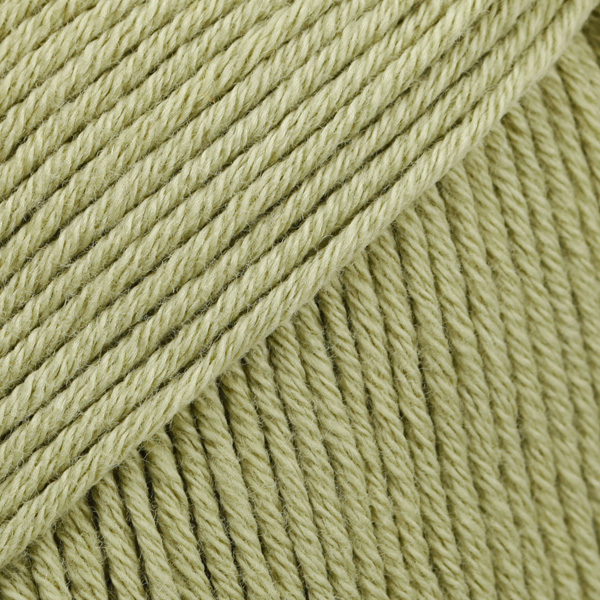








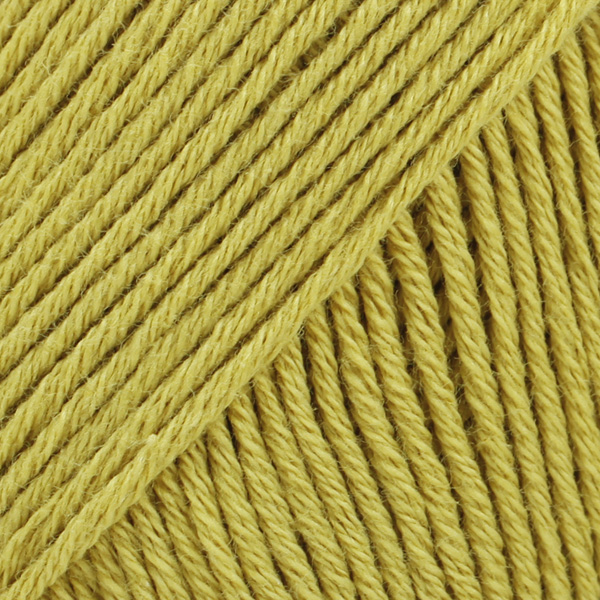















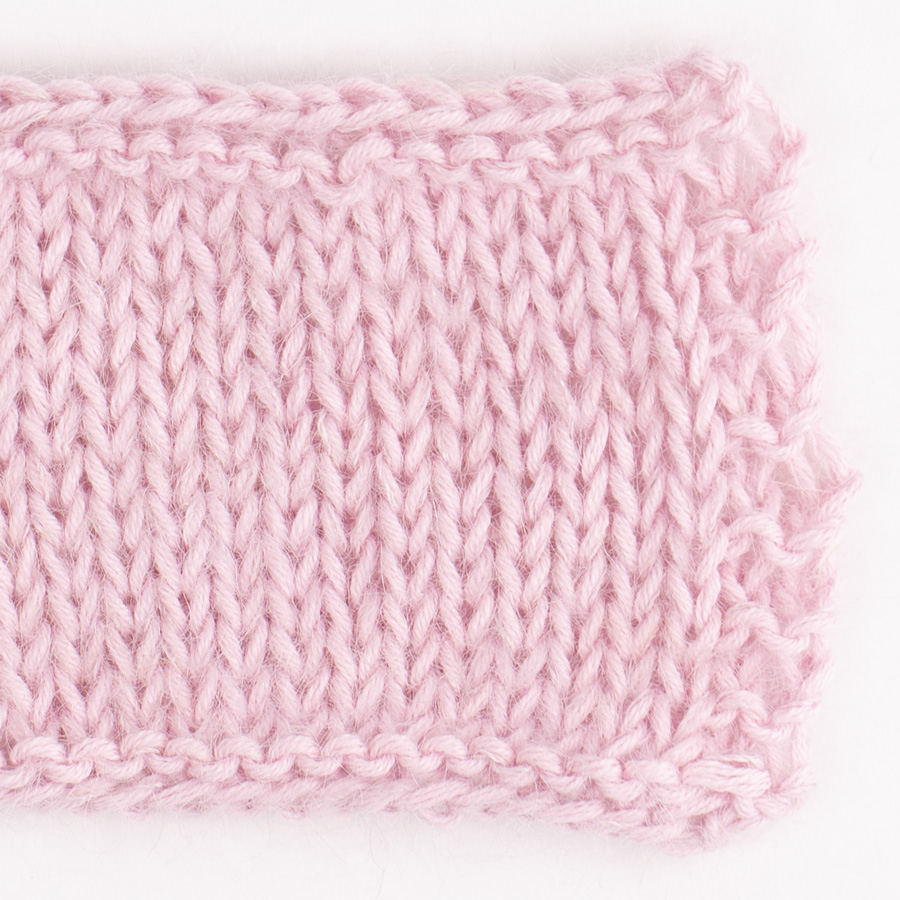
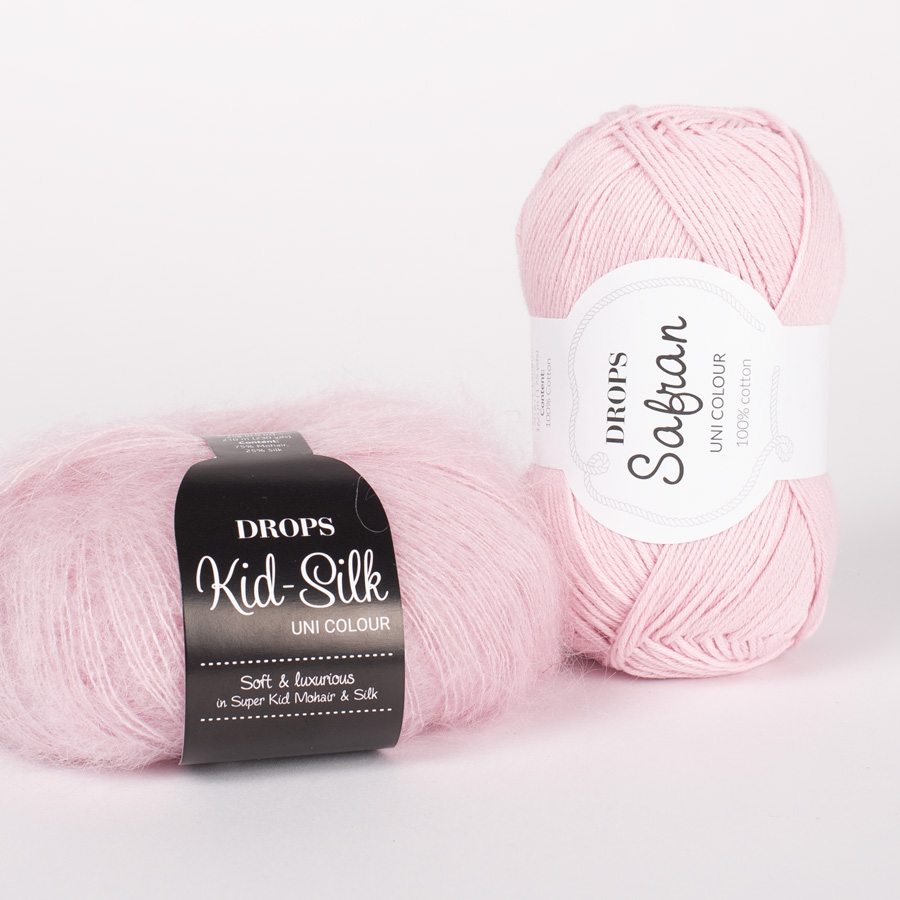
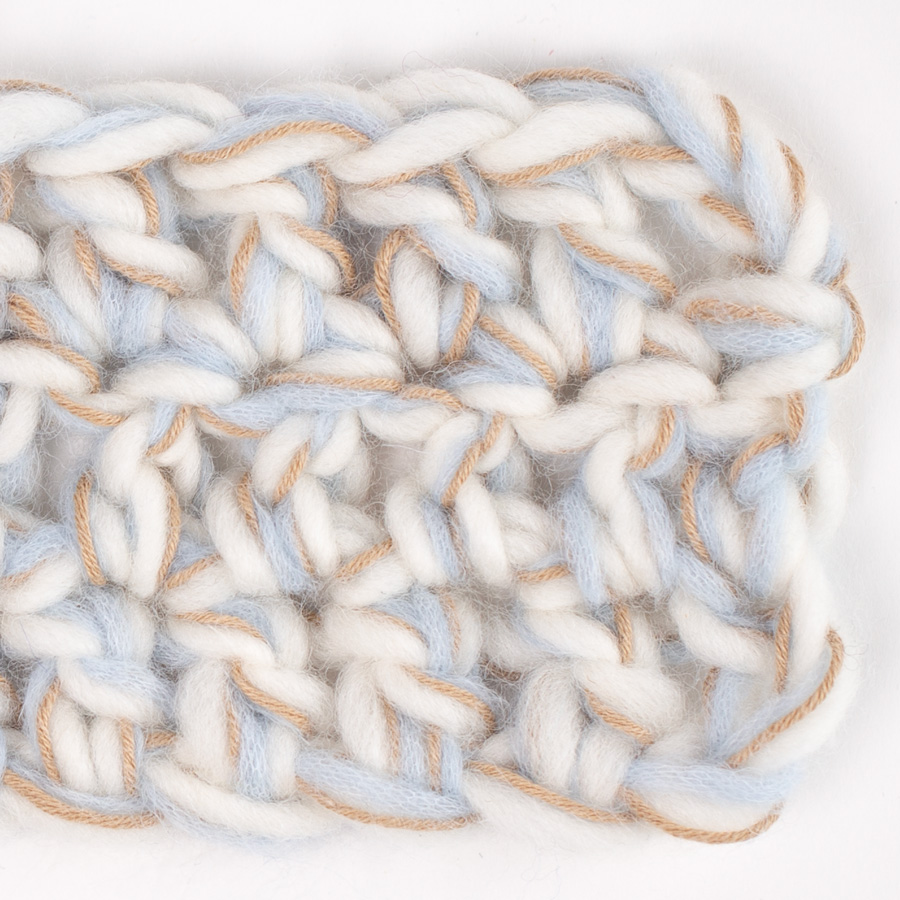
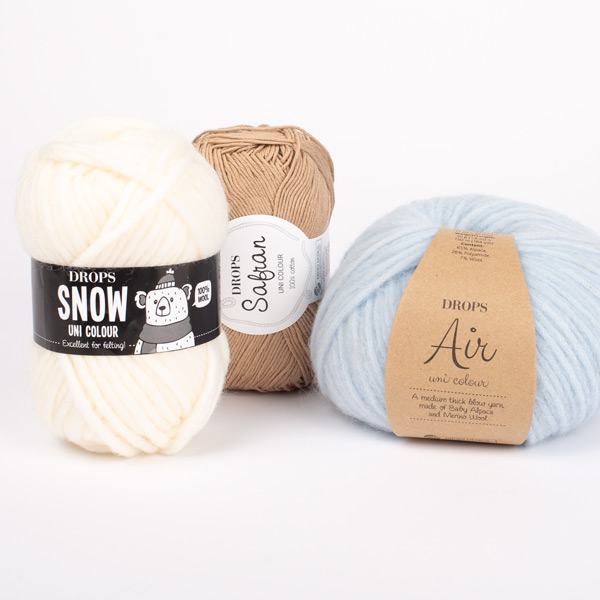
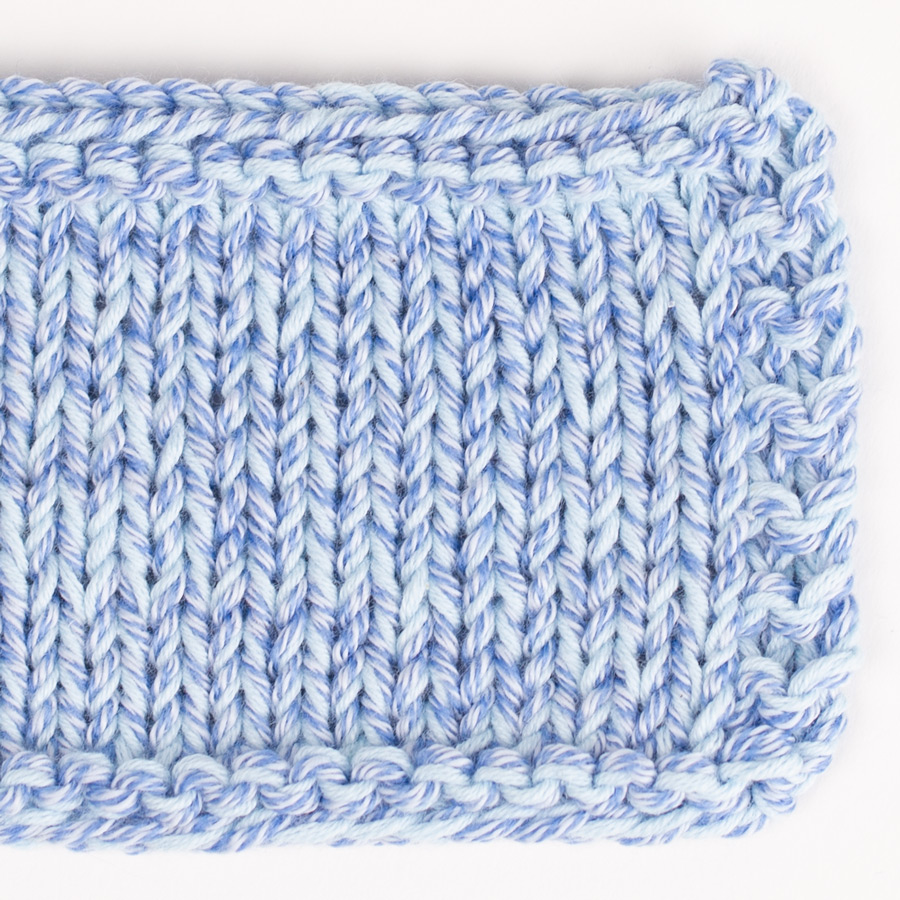
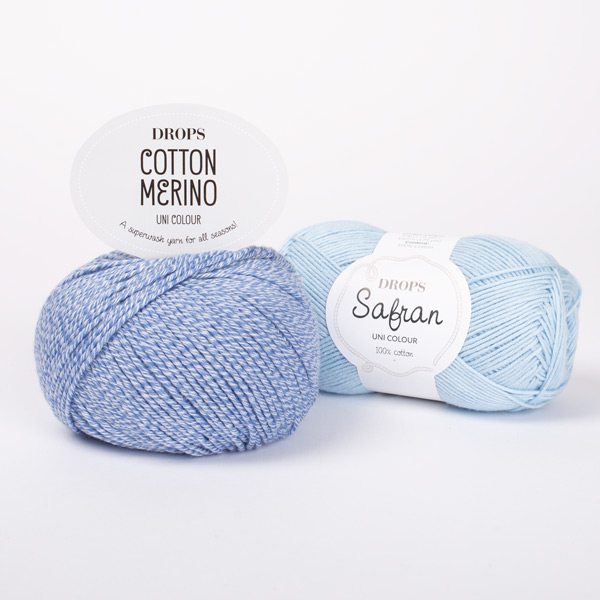
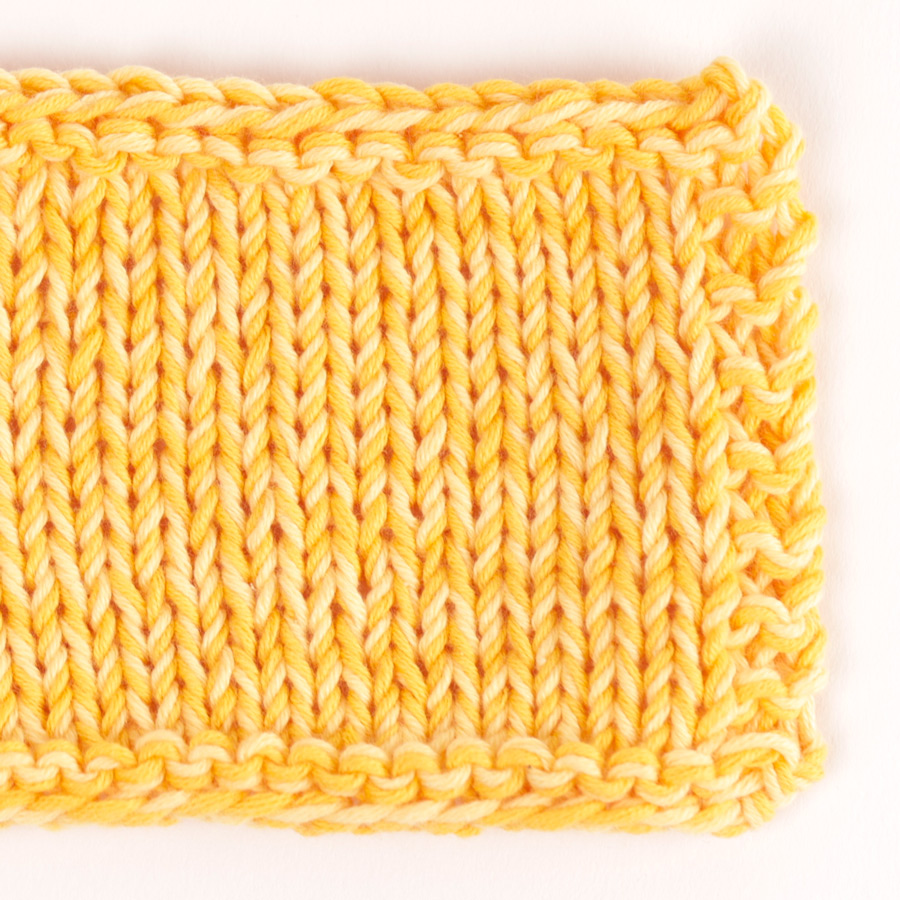
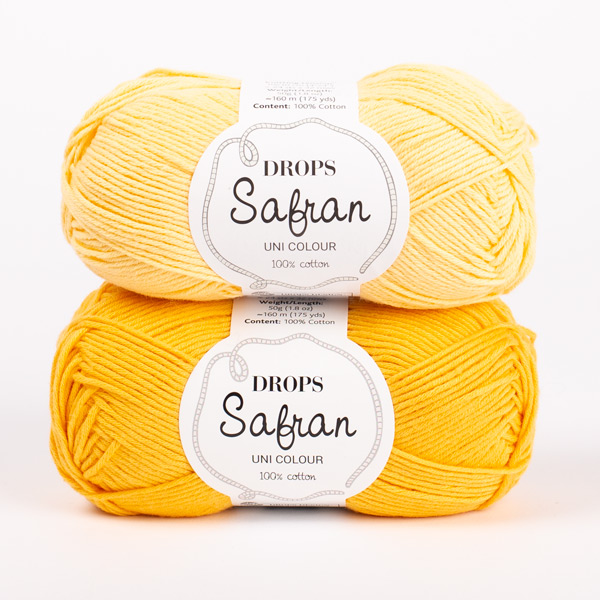

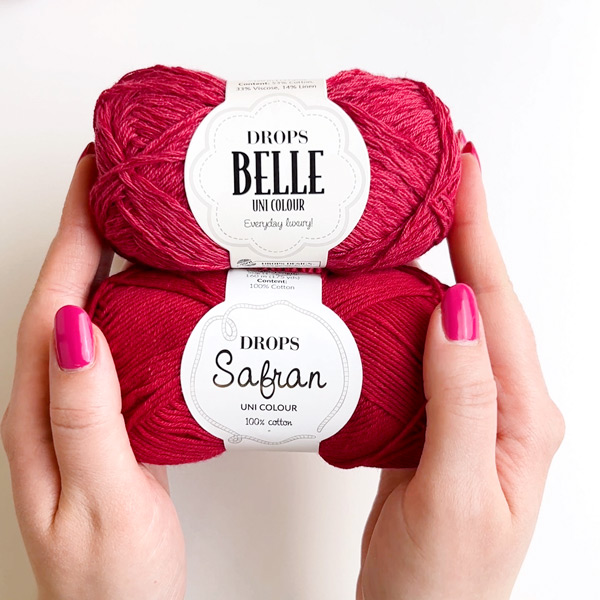
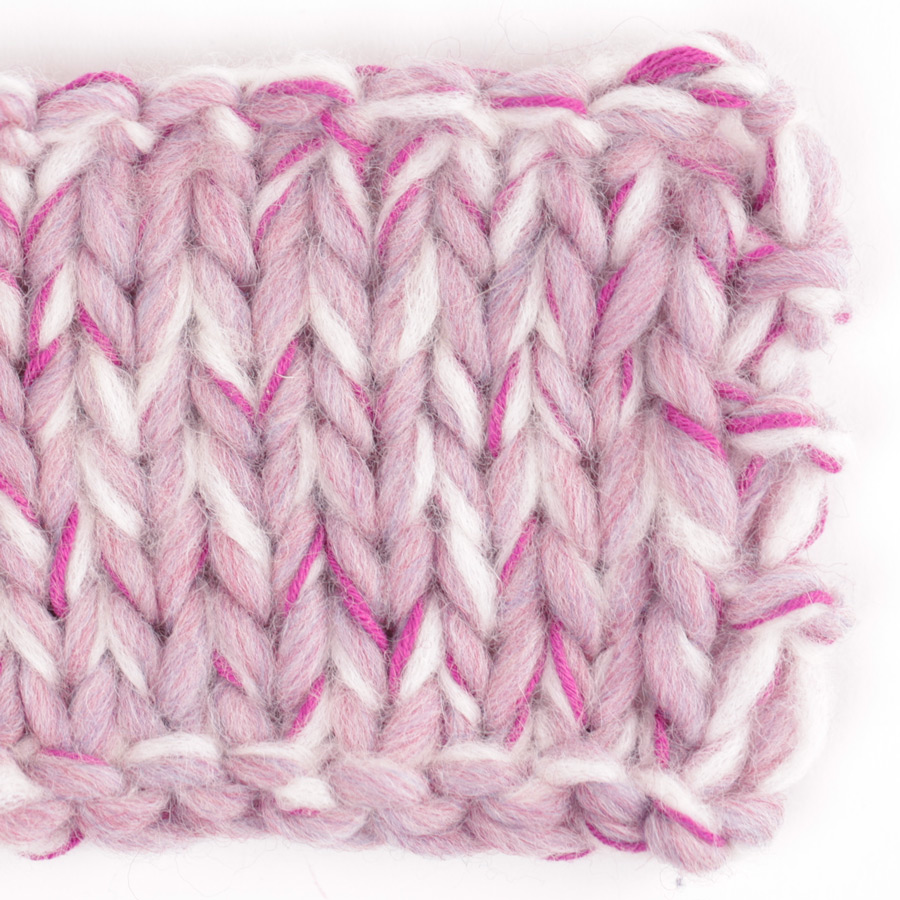
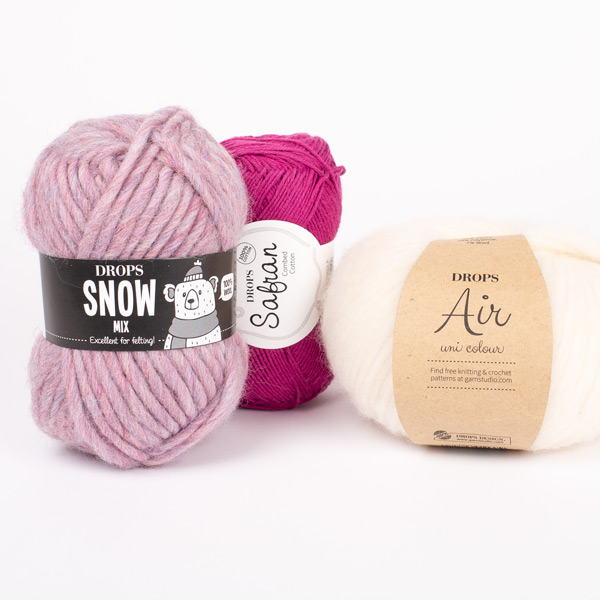


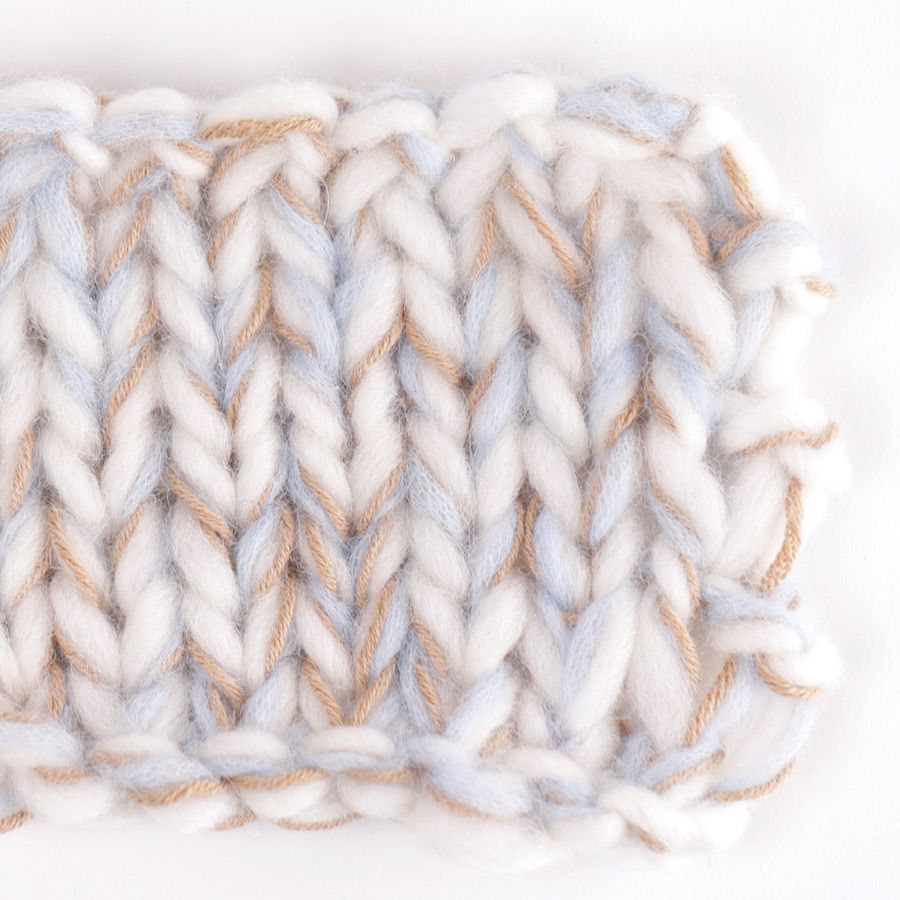
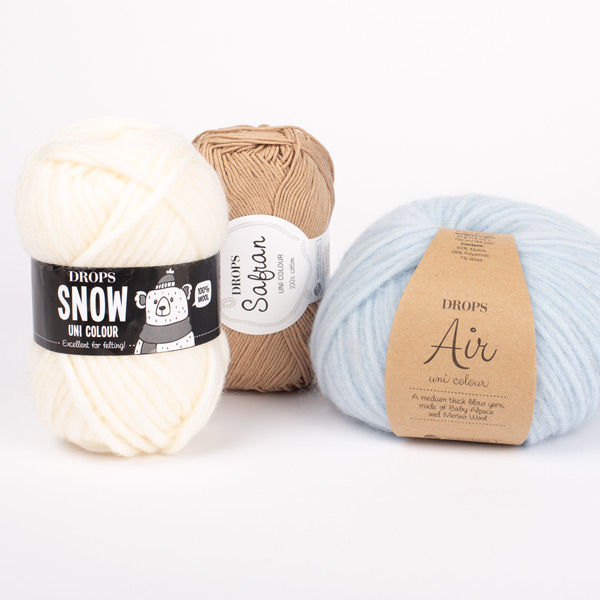
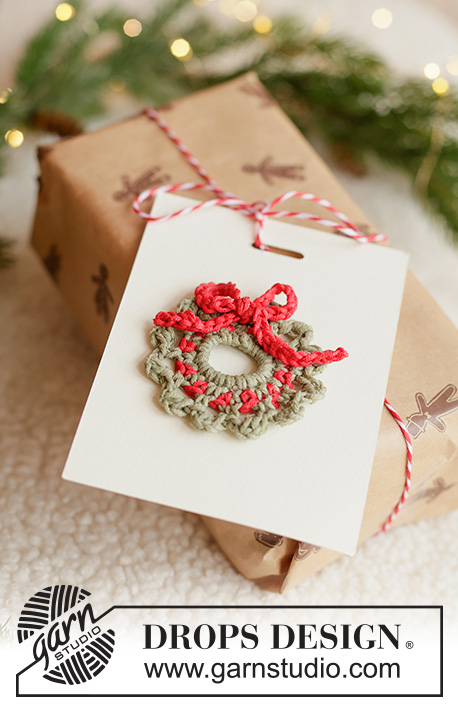
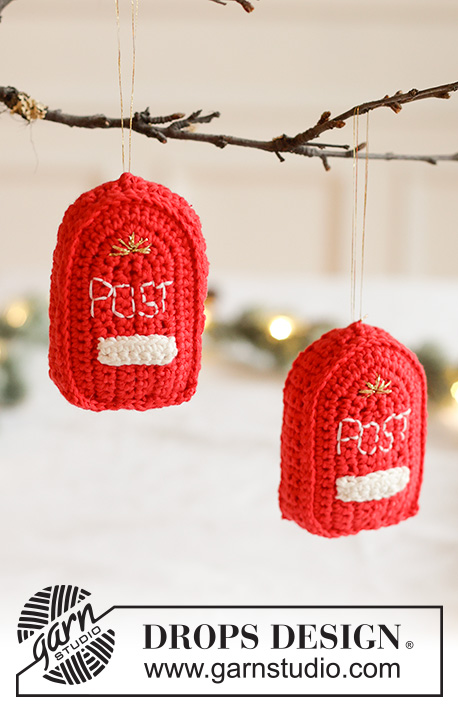
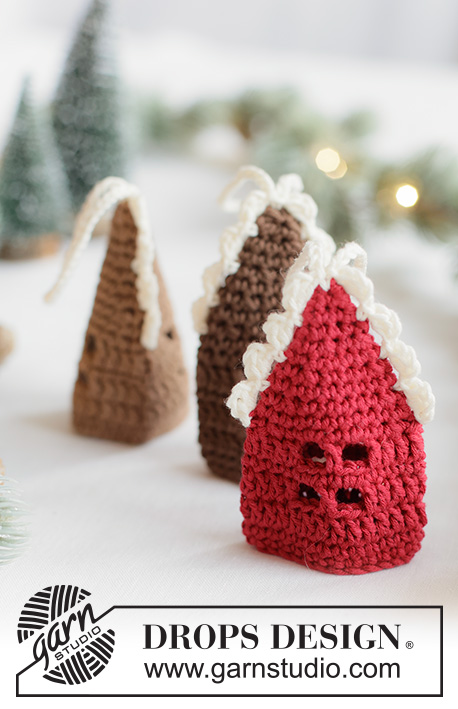











Dear Drops I buy Drops Safran a lot & it’s one of the most beautiful Yarns I’ve worked with. However I bought a few of the Drops Safran Lime green & the quality is not as expected. As I bought it online & they don’t offer free returns, it costs more than the yarn to send it back! Please can you advise if there’s anyway I can exchange the colours? The store don’t accept responsibility for the quality of the this purchase.
09.04.2018 - 20:11